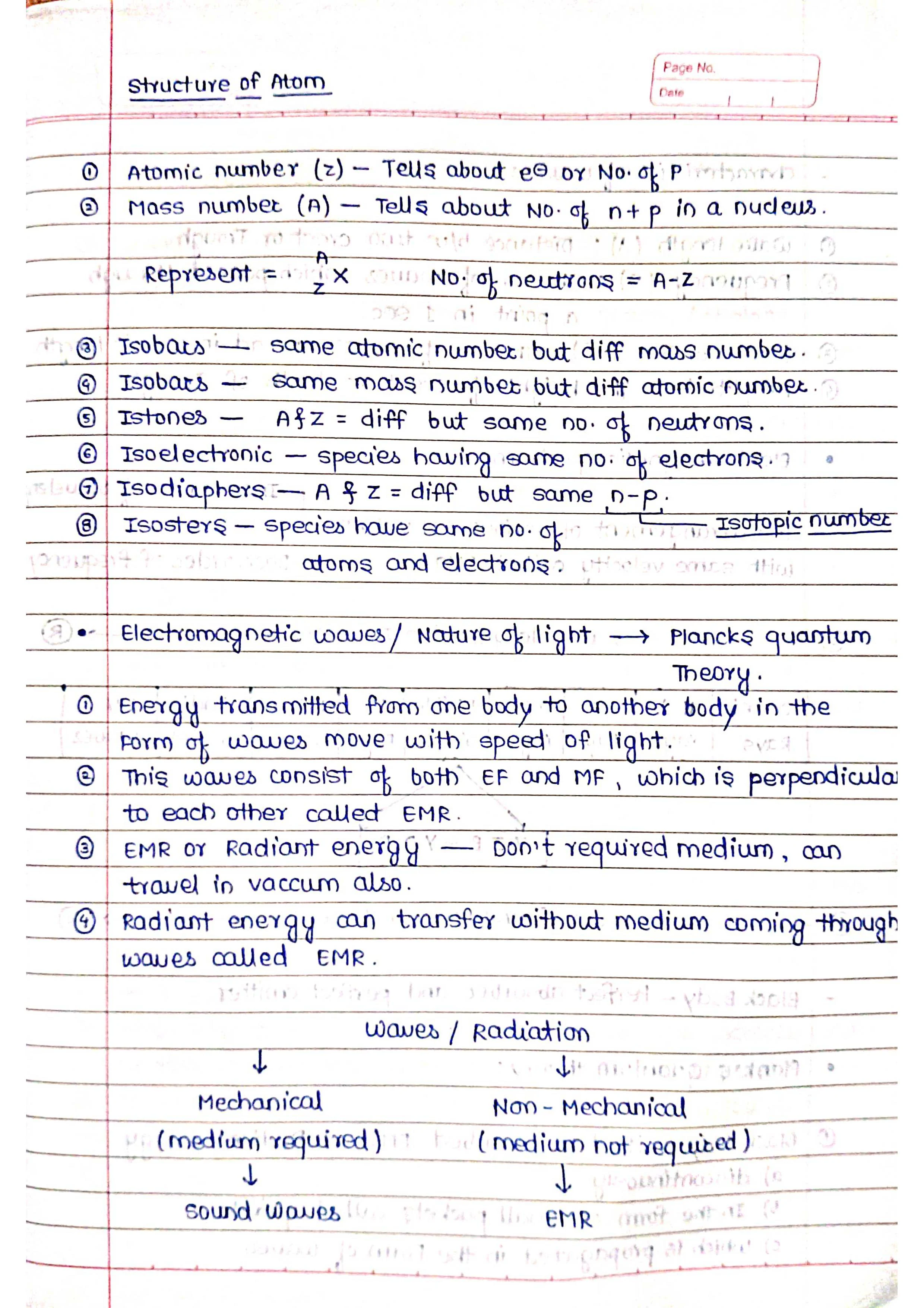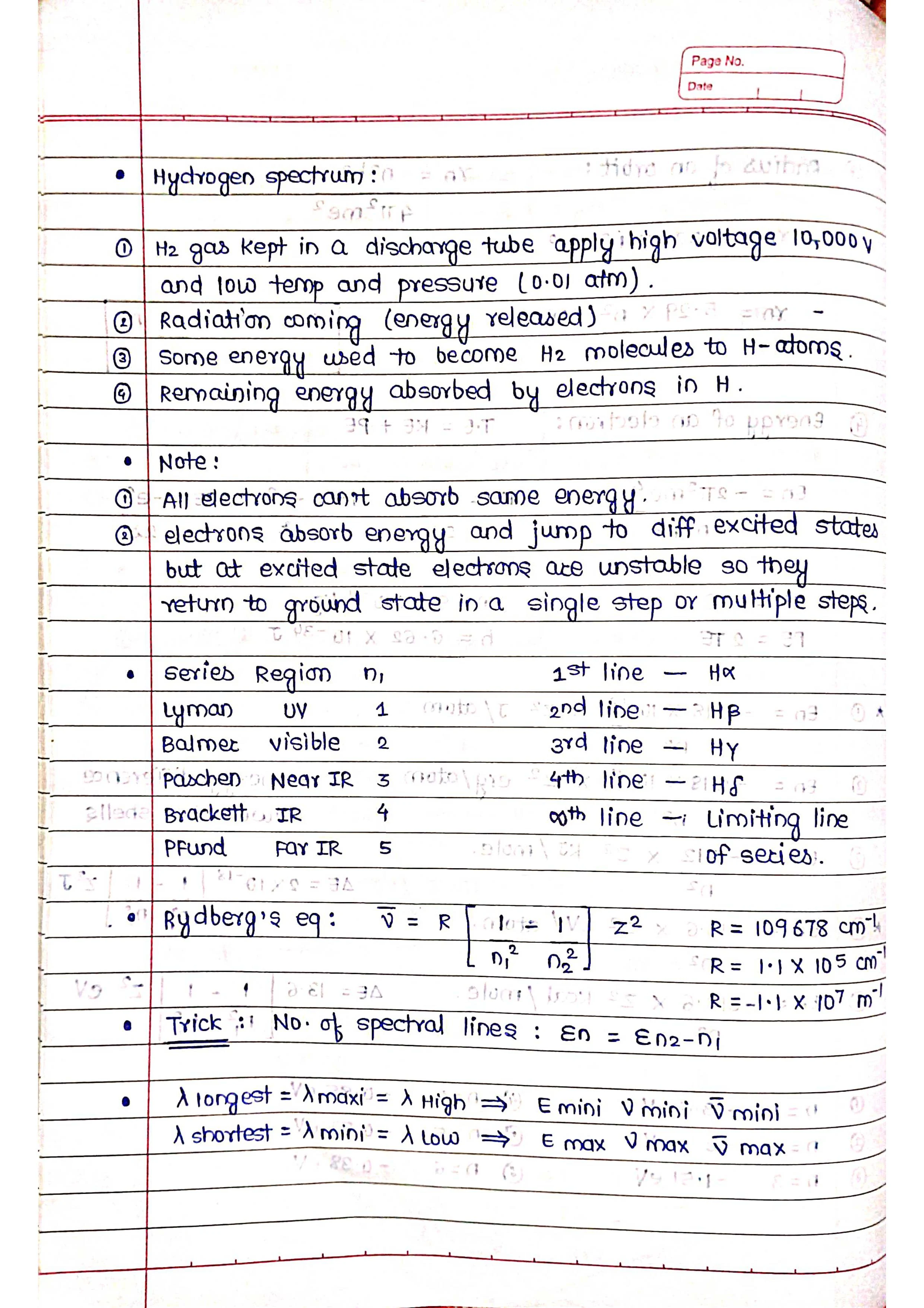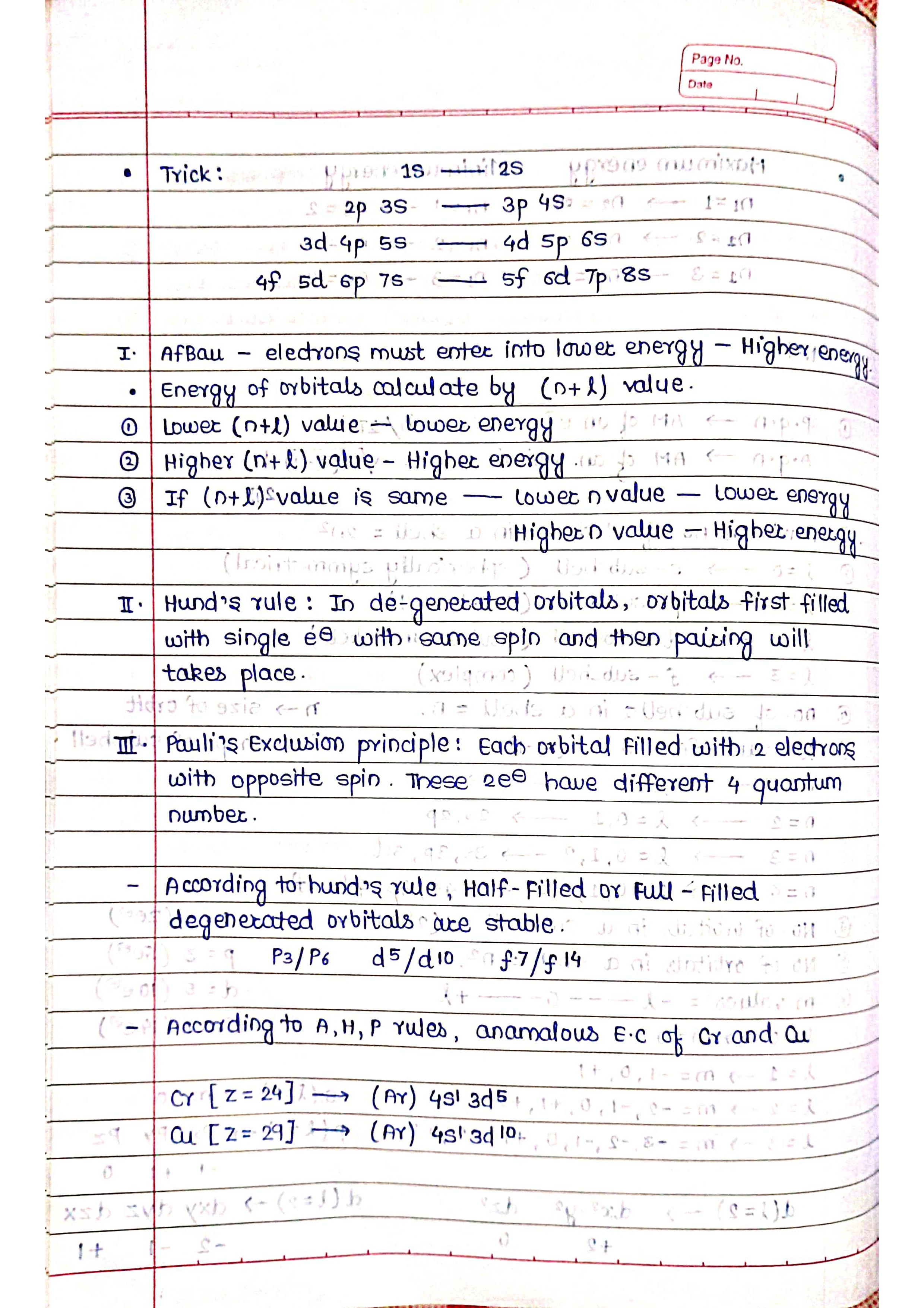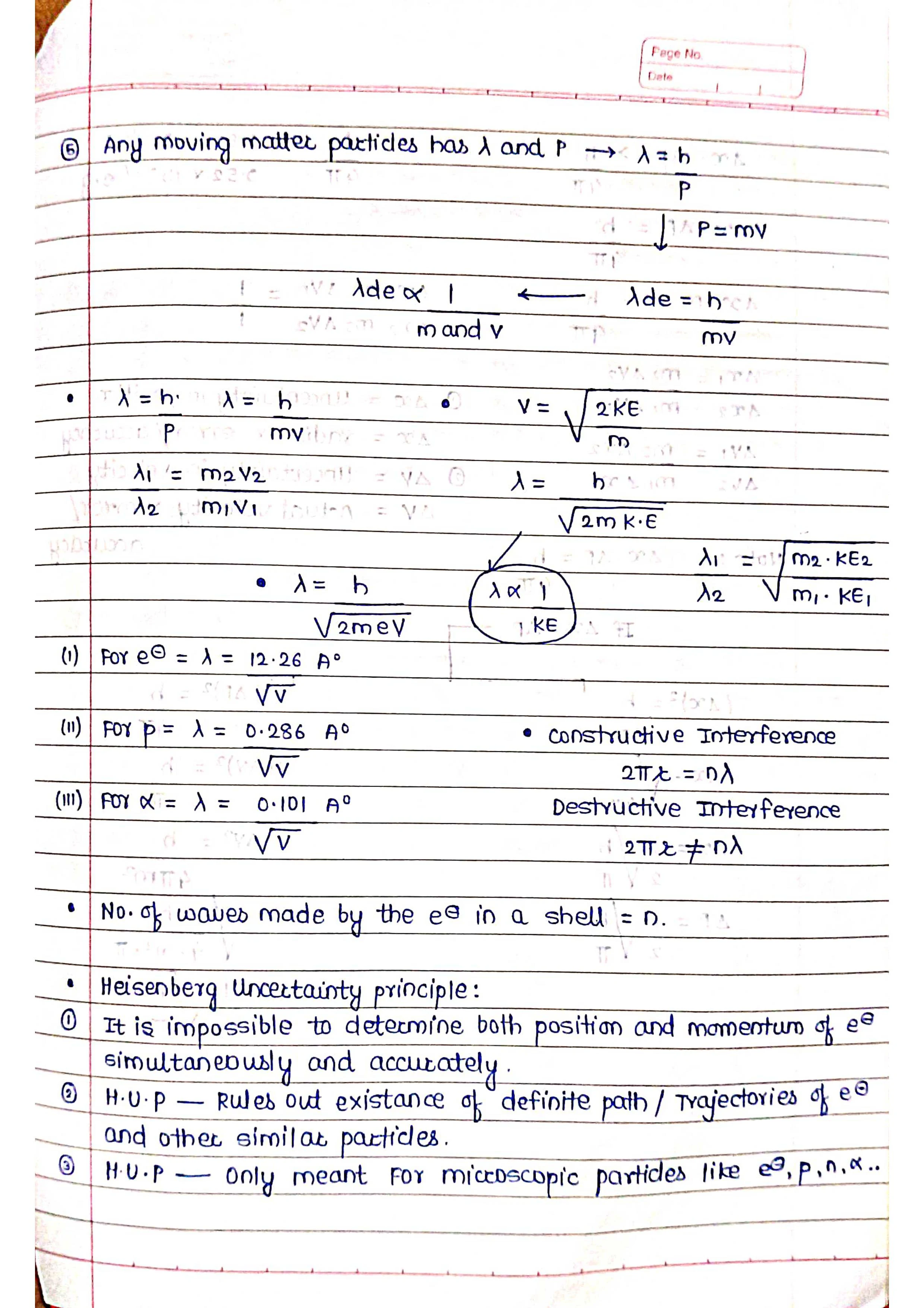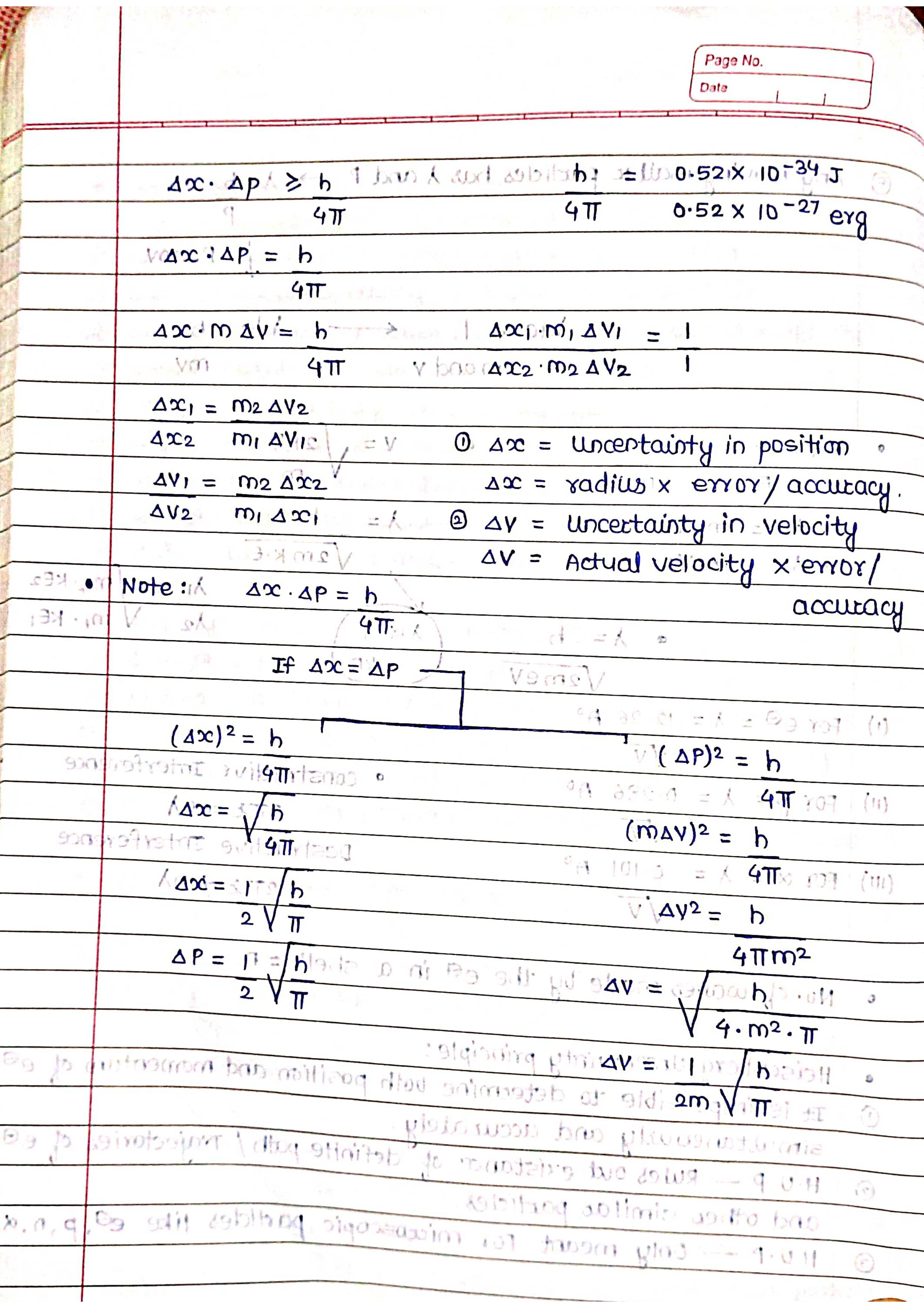The fundamental building block of all matter is the atom. Understanding its structure is crucial to comprehending the behavior of elements and their interactions in chemical reactions. Here's a concise overview of atomic structure:
Subatomic Particles
➡️Protons: Positively charged particles located in the central core called the nucleus. The number of protons determines the element's identity (atomic number).Atomic Structure - Atomic Models
Our understanding of atomic structure has evolved through various models:
➡️Dalton's Model (1803): Proposed atoms as indivisible spherical particles.Thomson's Plum Pudding Model (1904): Electrons embedded in a positively charged sphere like plums in a pudding.
Atomic Structure - Key Concepts:
➡️Electron Configuration: Arrangement of electrons in orbitals, determining an element's chemical properties.Atomic Structure - Significance:
Understanding atomic structure is essential for various fields, including:
➡️Chemistry: Predicting reactivity, bonding behavior, and properties of elements and compounds.Chemistry Short Notes 📚⌛
1. Some Basic Concepts of Chemistry Short Notes 📚
2. P-Block Elements 1 - Chemistry Short Notes 📚
3. Periodic table — Chemistry Short Notes 📚
4. Chemical Bonding — Chemistry Short Notes 📚
5. States of matter — Chemistry Short Notes 📚
6. Thermodynamics — Chemistry Short Notes 📚
7. Chemical Equilibrium — Chemistry Short Notes 📚
8. Ionic Equilibrium — Chemistry Short Notes 📚
9. Redox Reaction — Chemistry Short Notes 📚
10. Hydrogen — Chemistry Short Notes 📚
11. S-Block Elements - Chemistry Short Notes 📚



